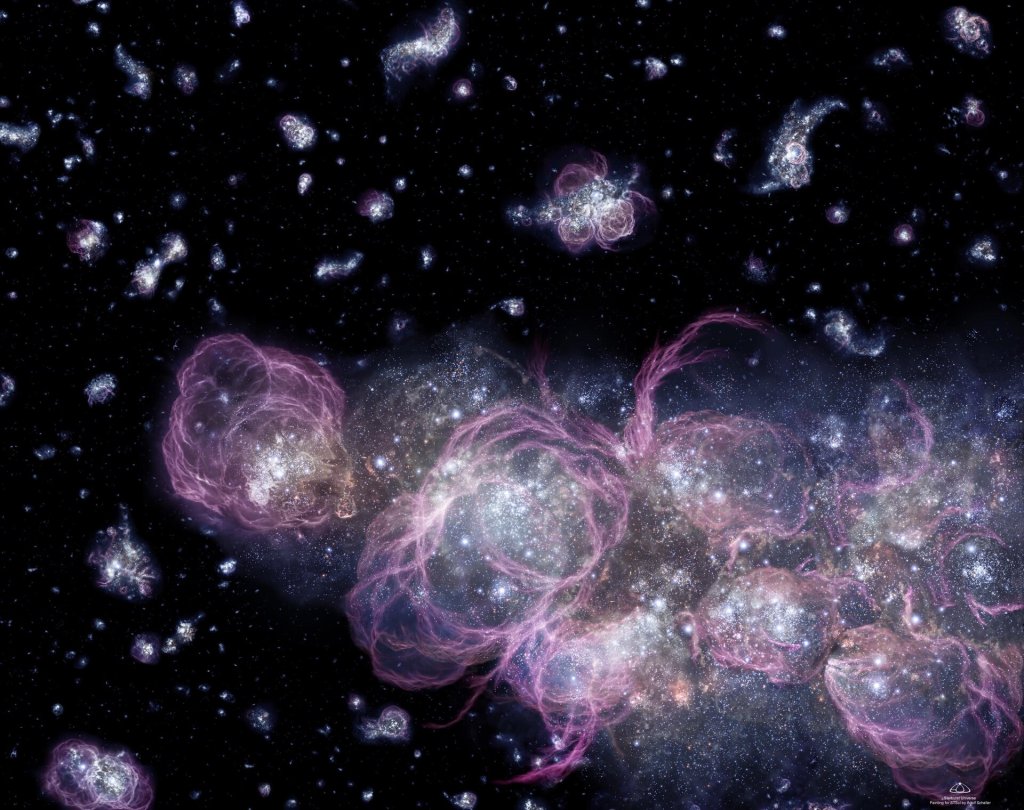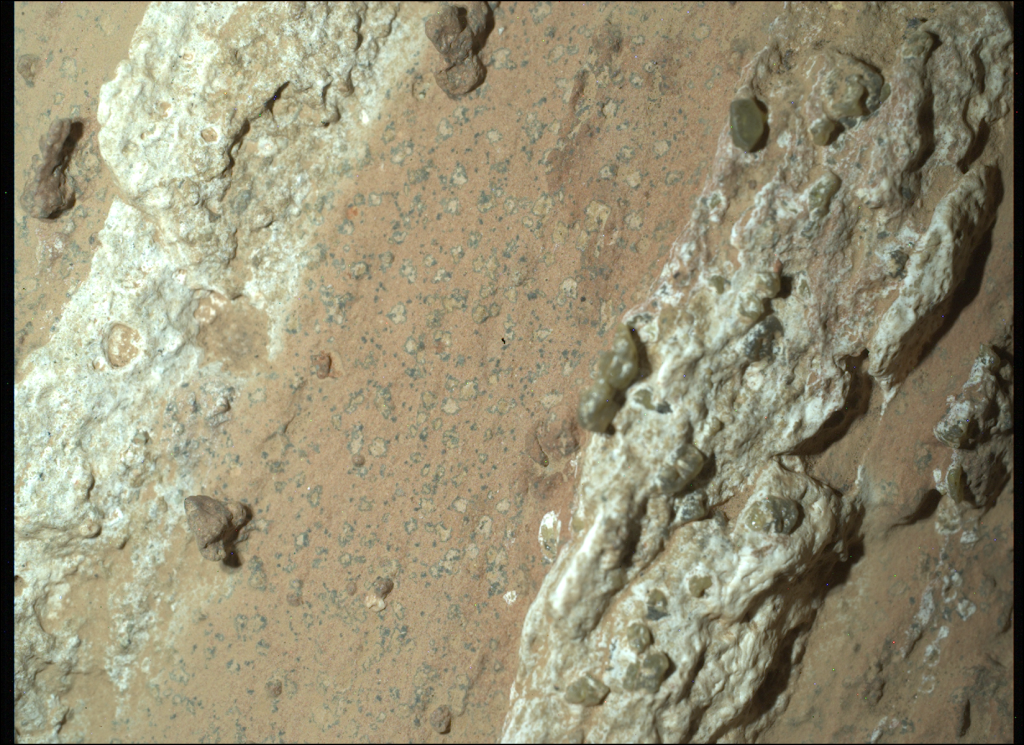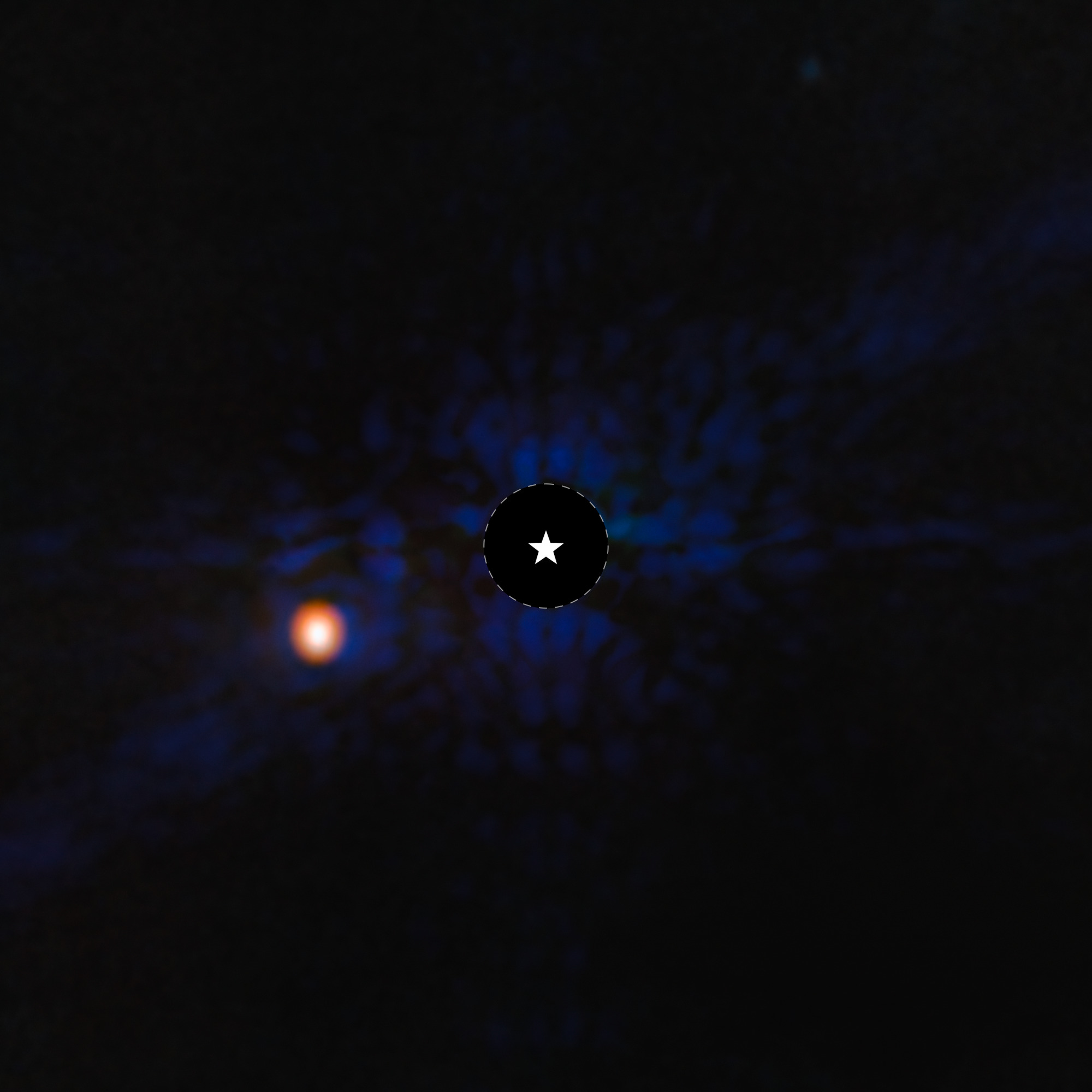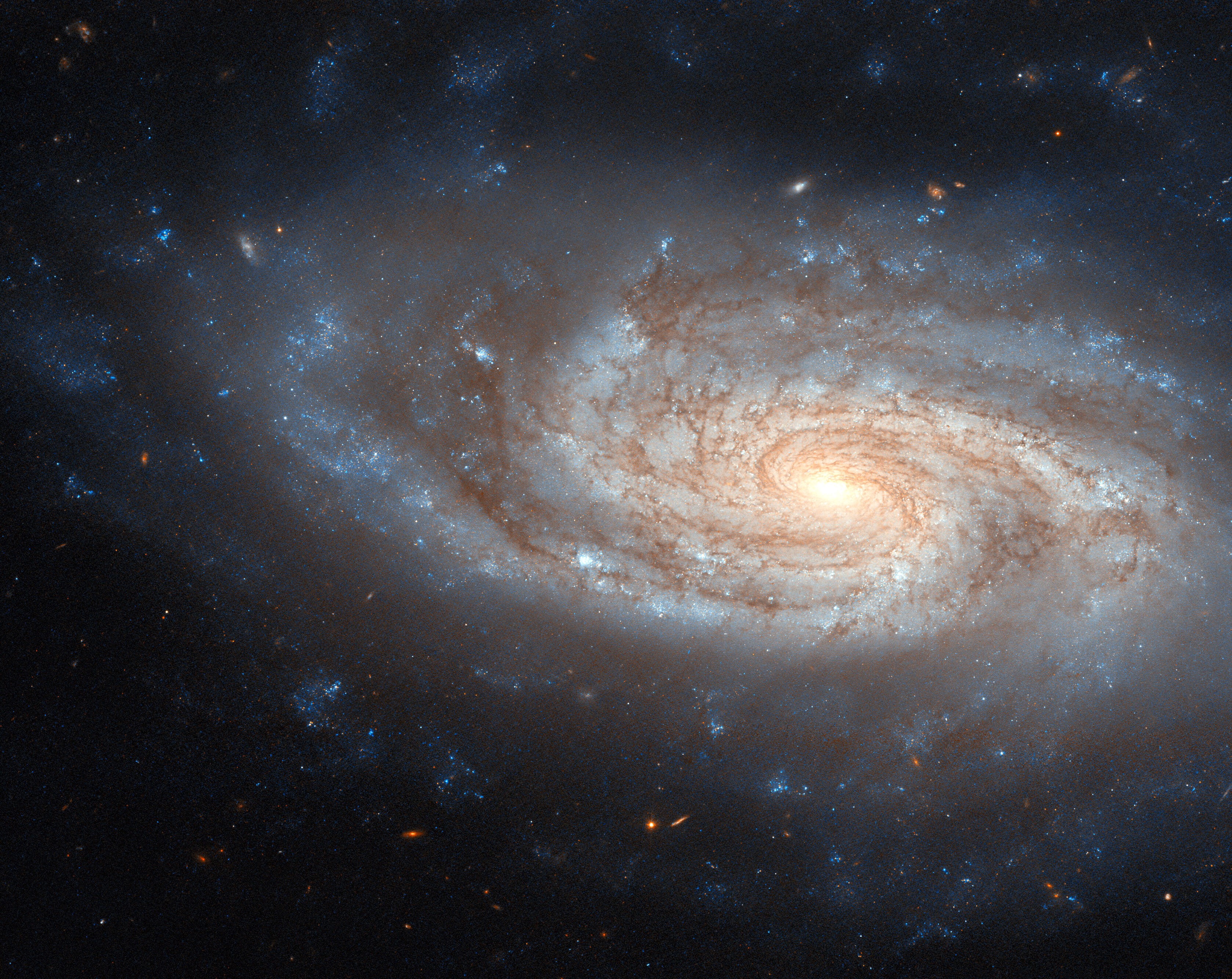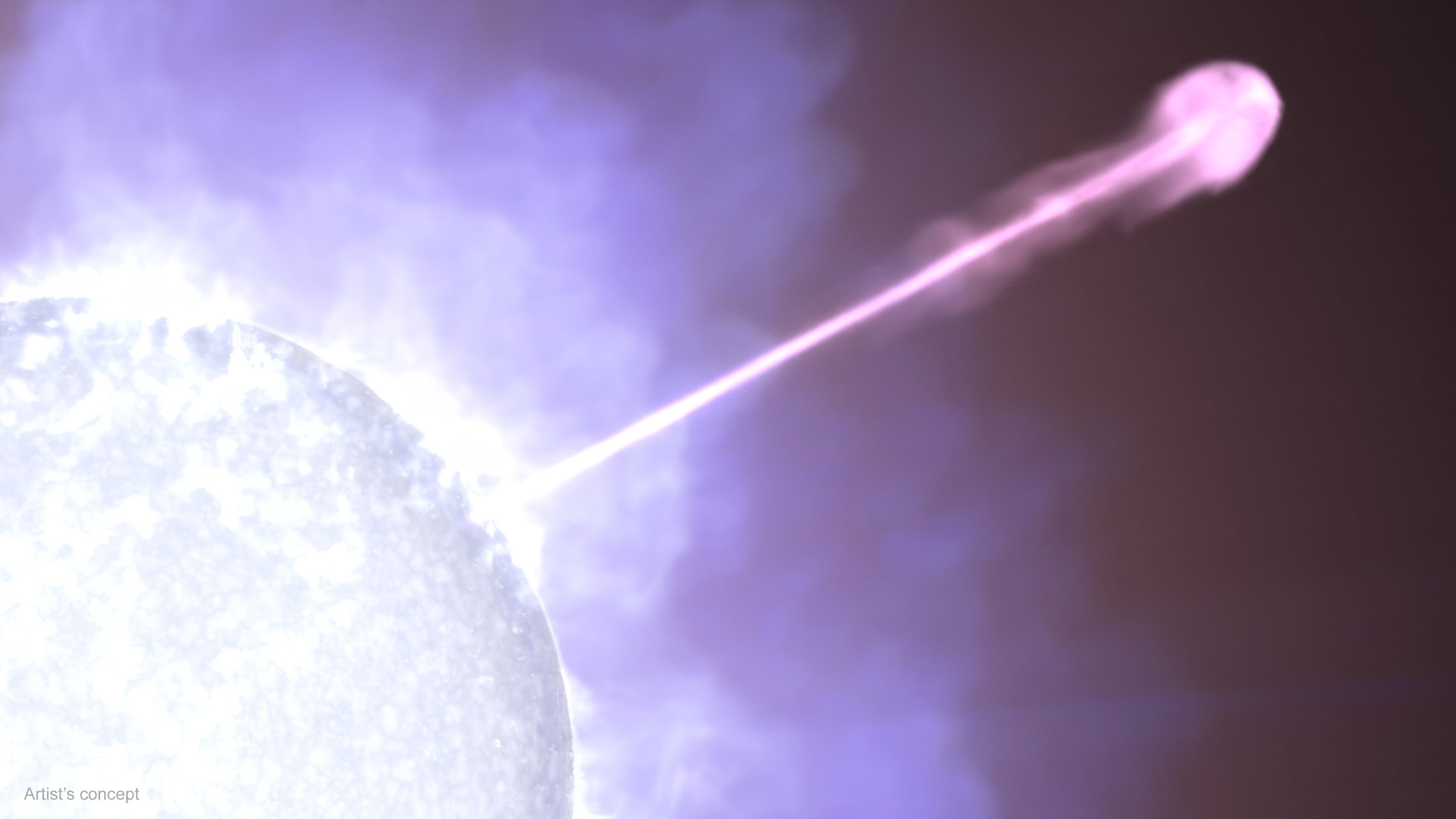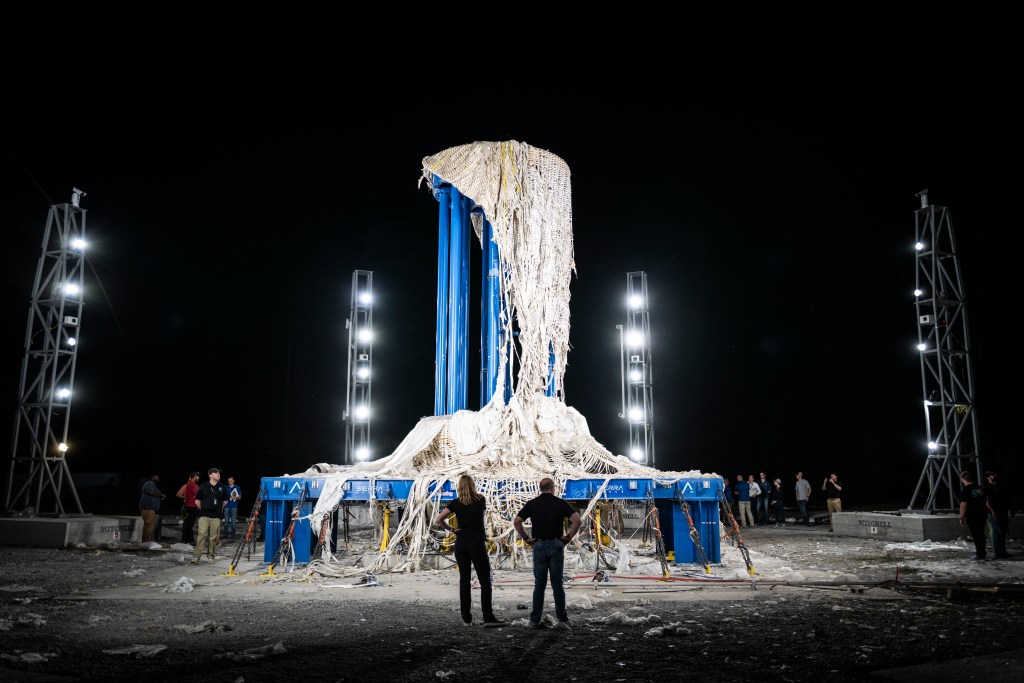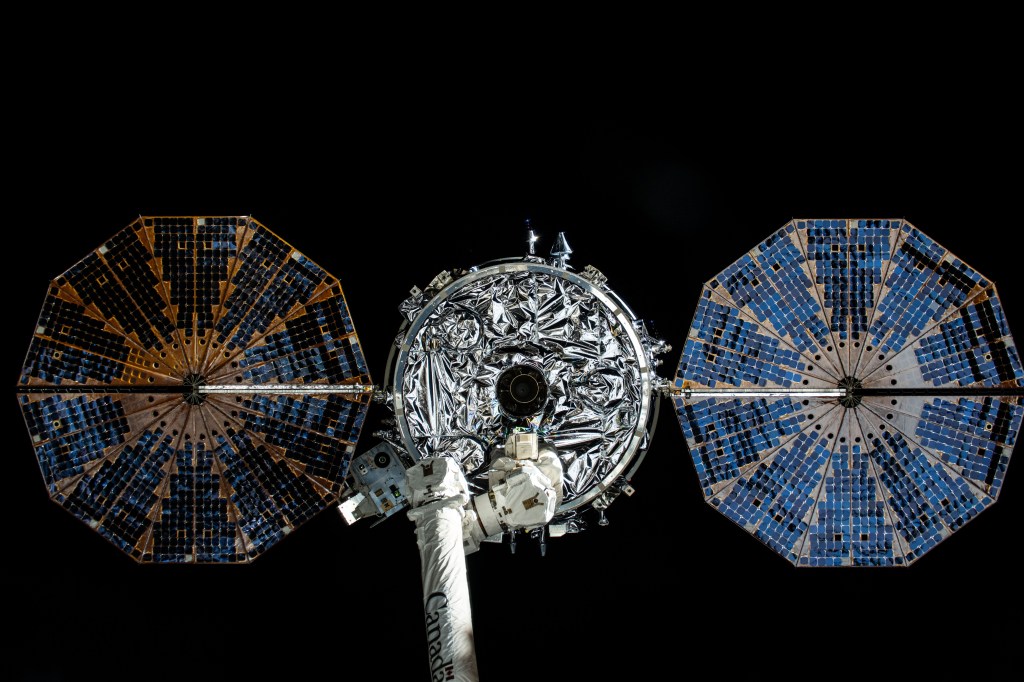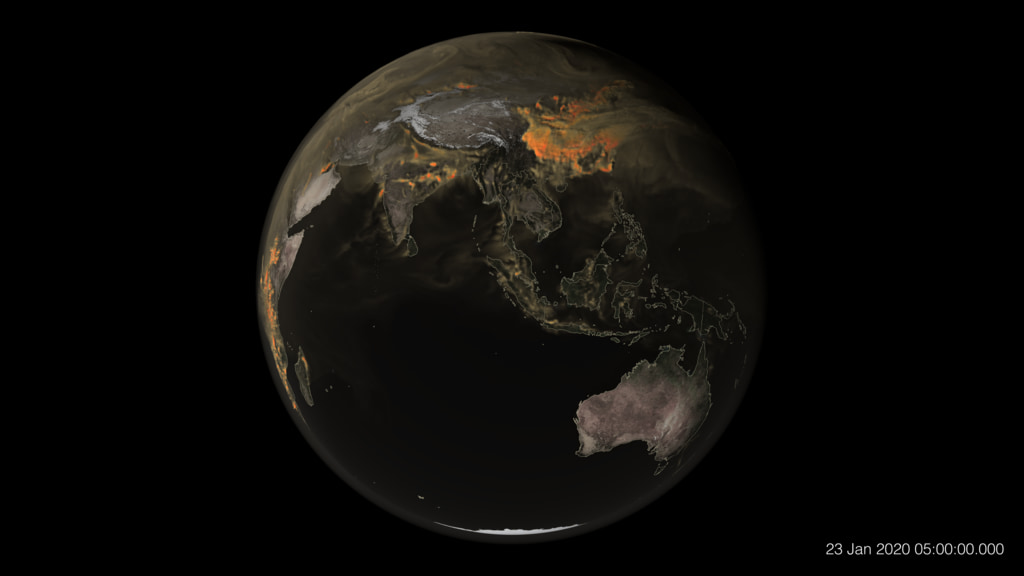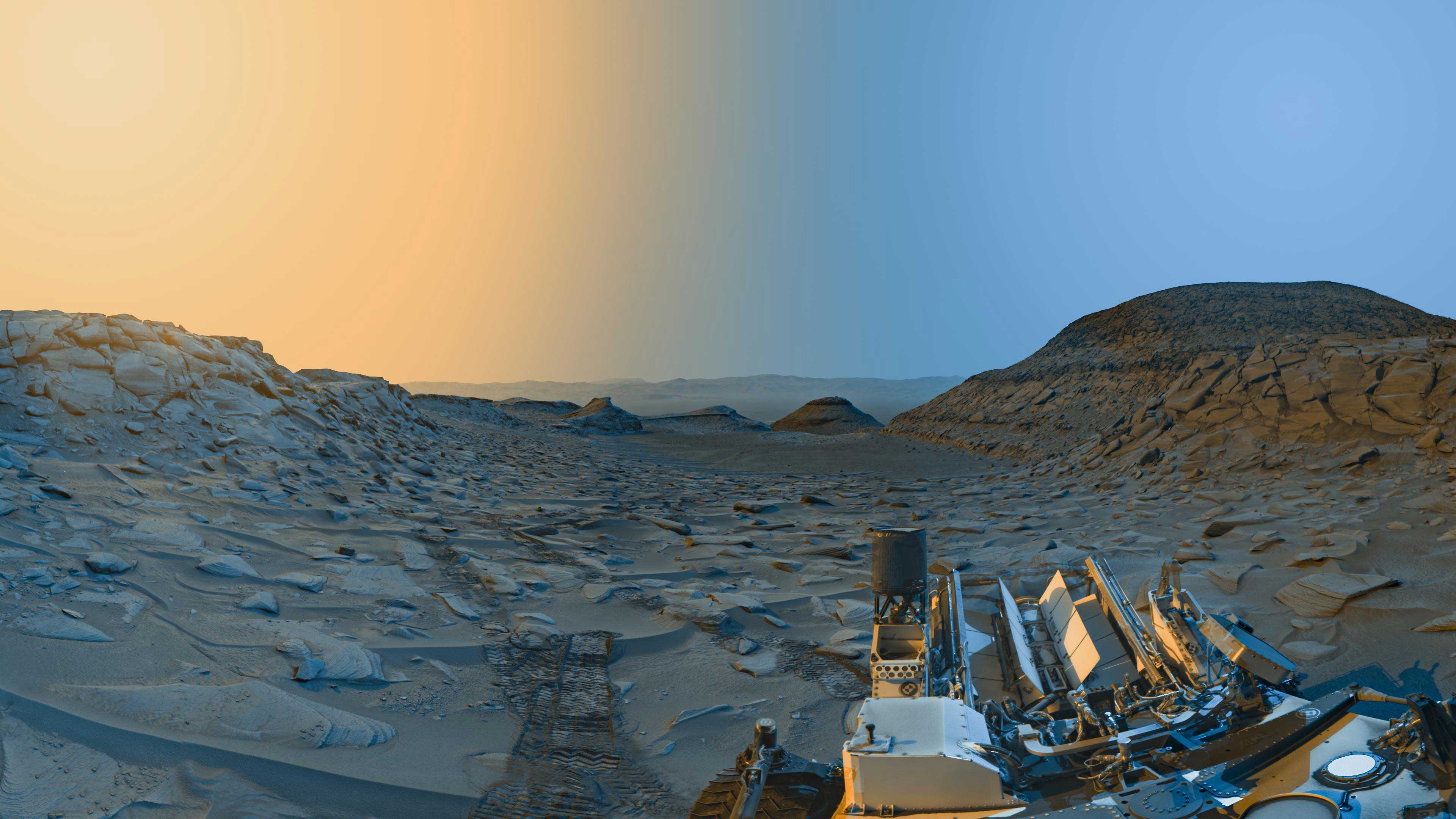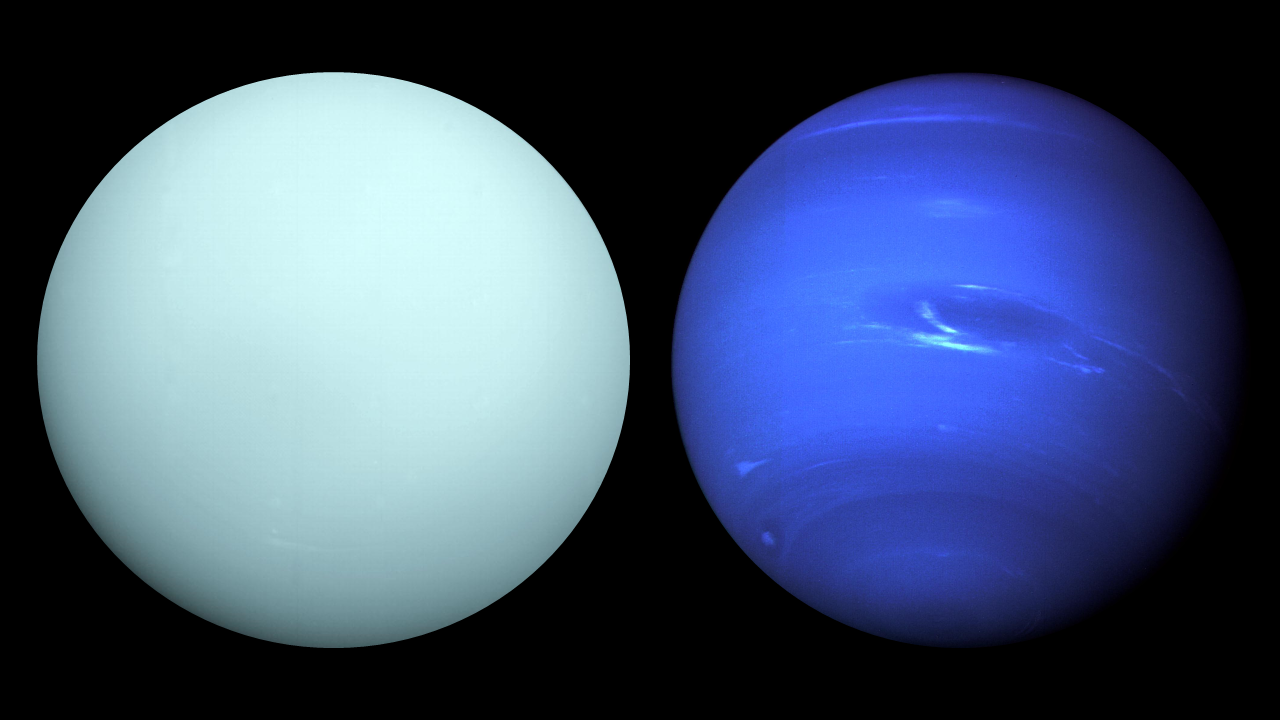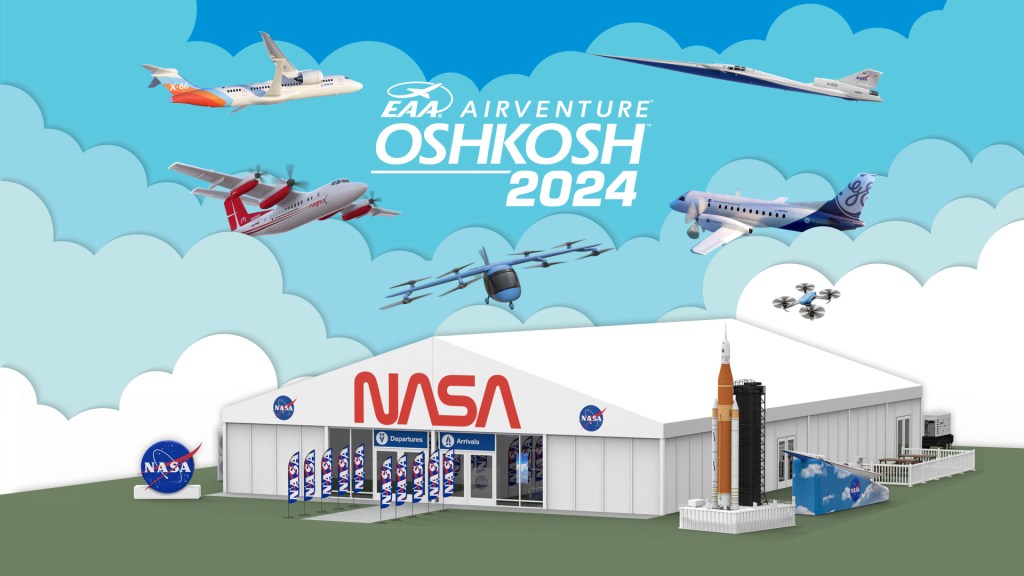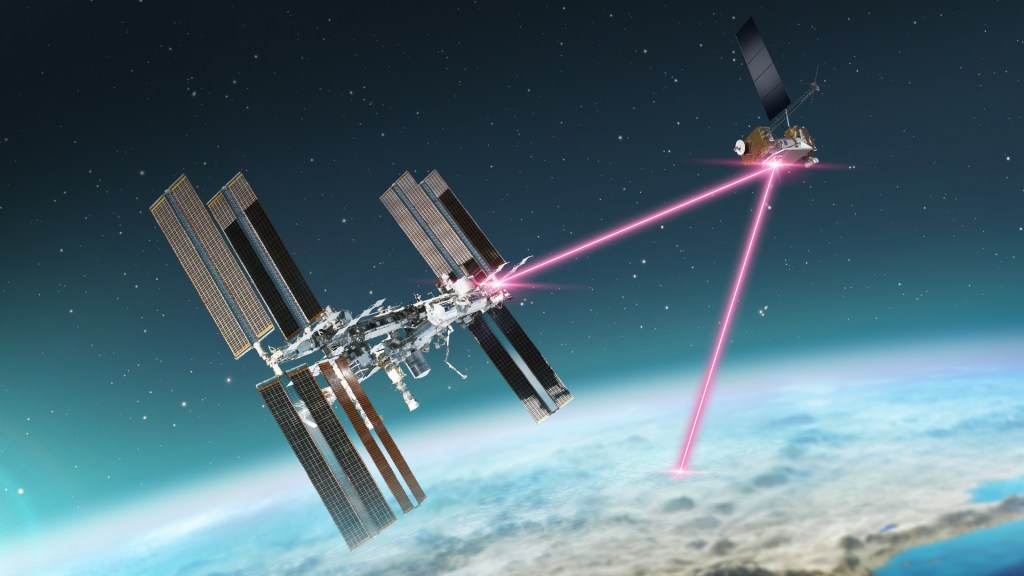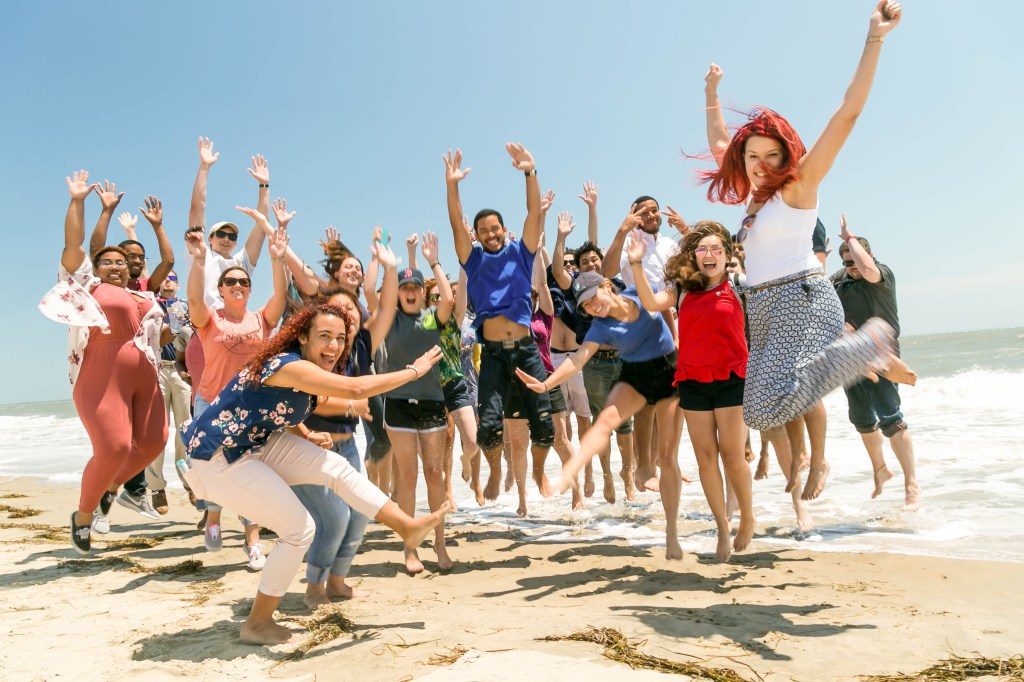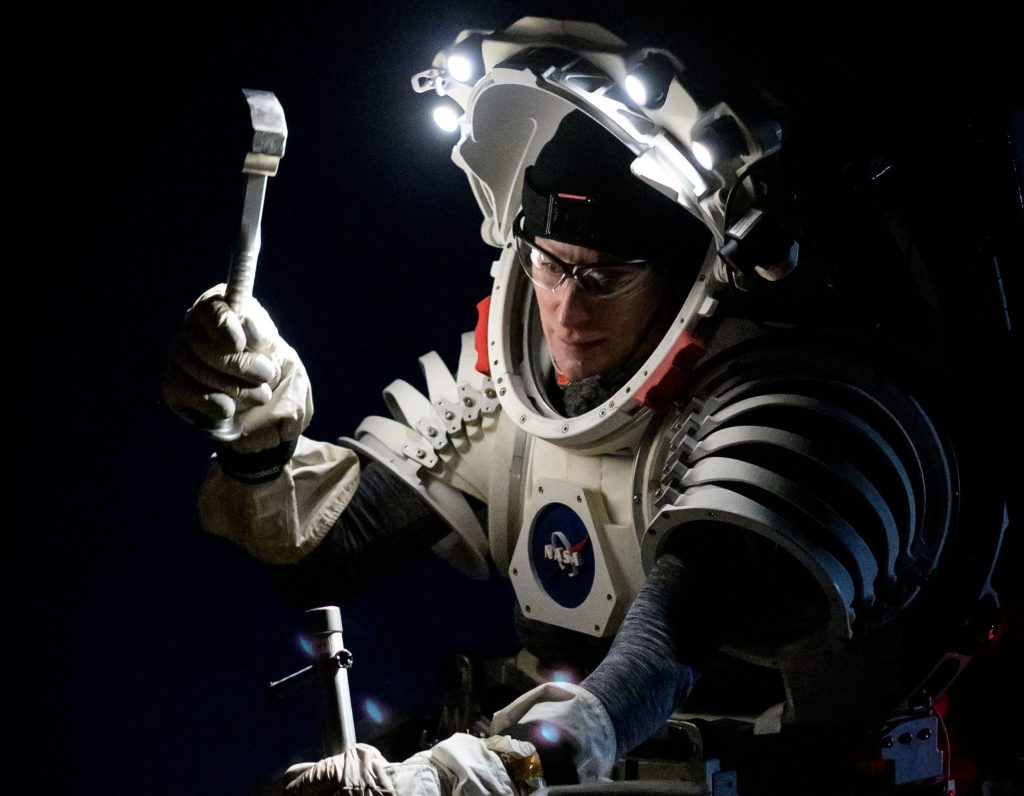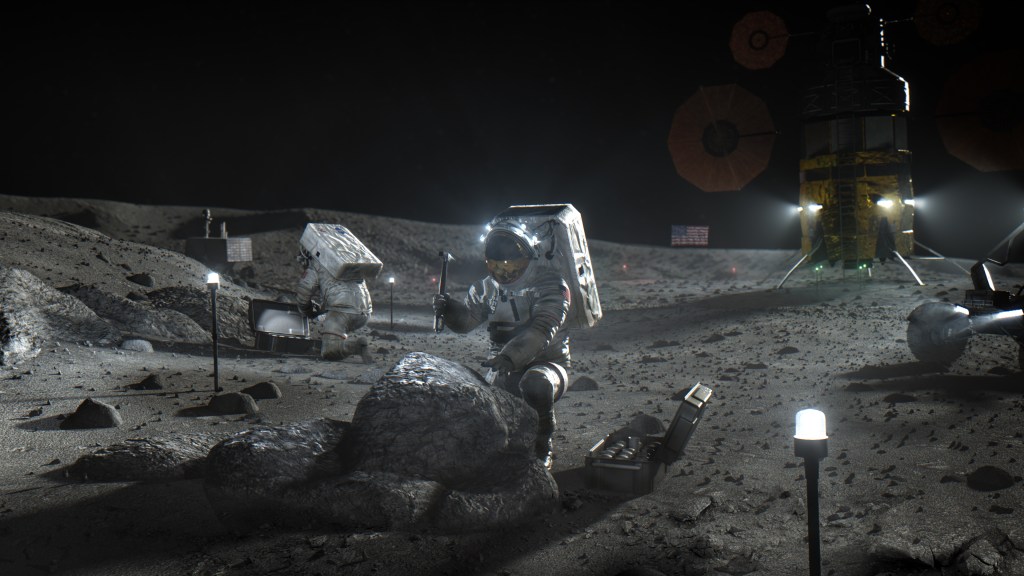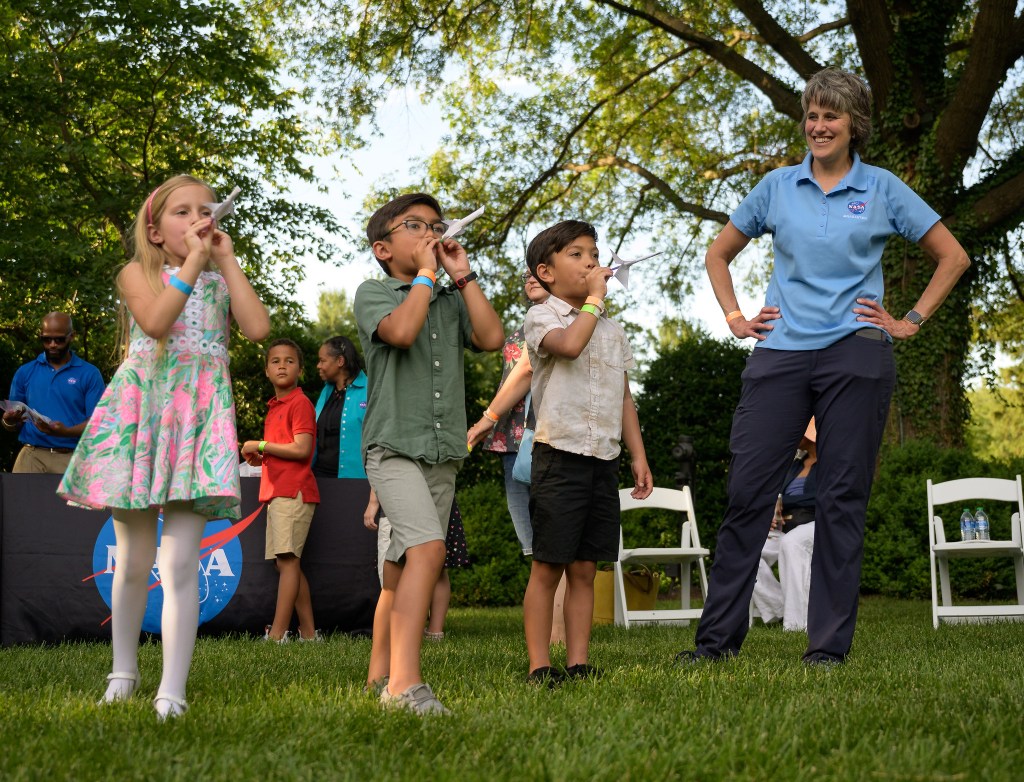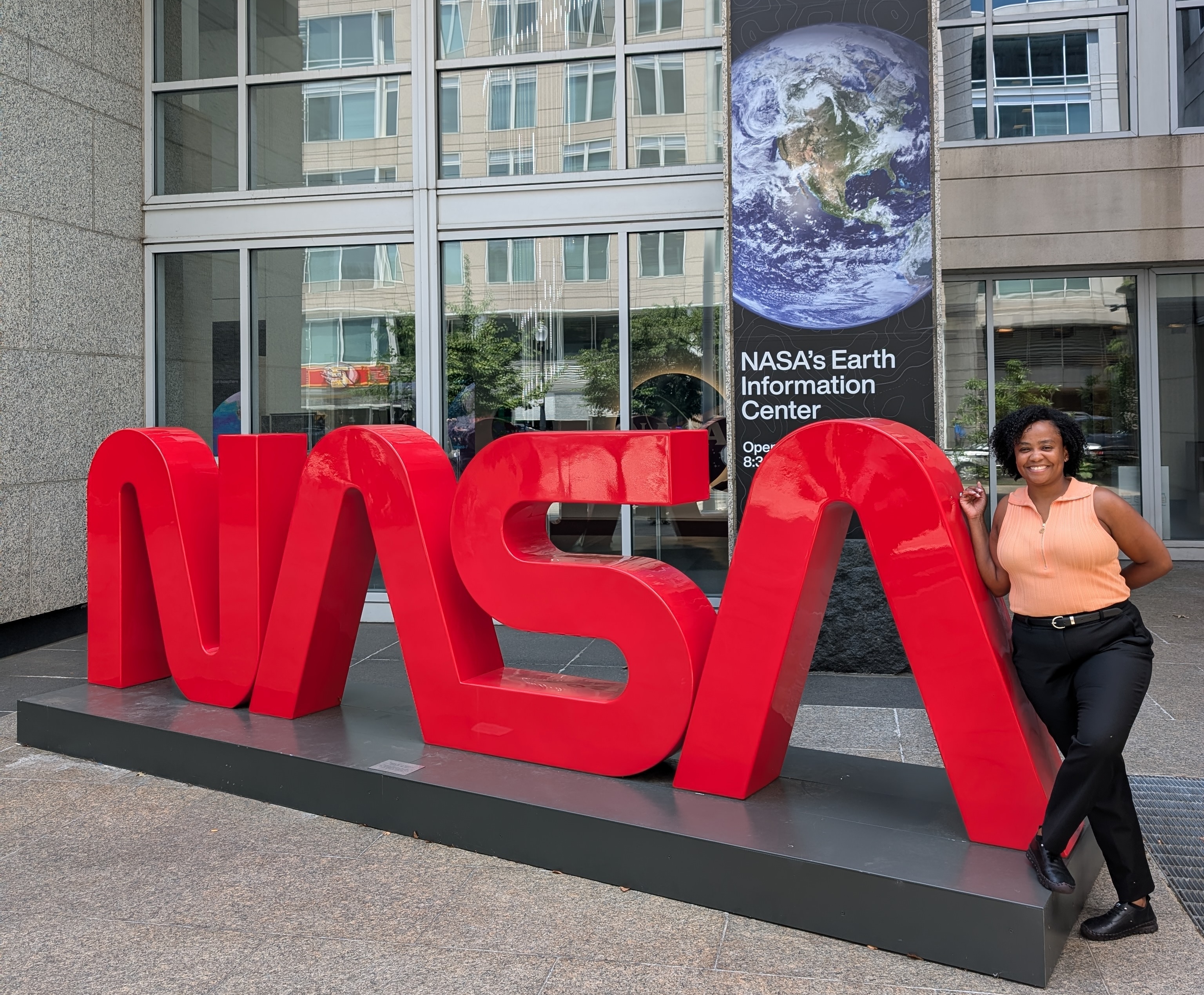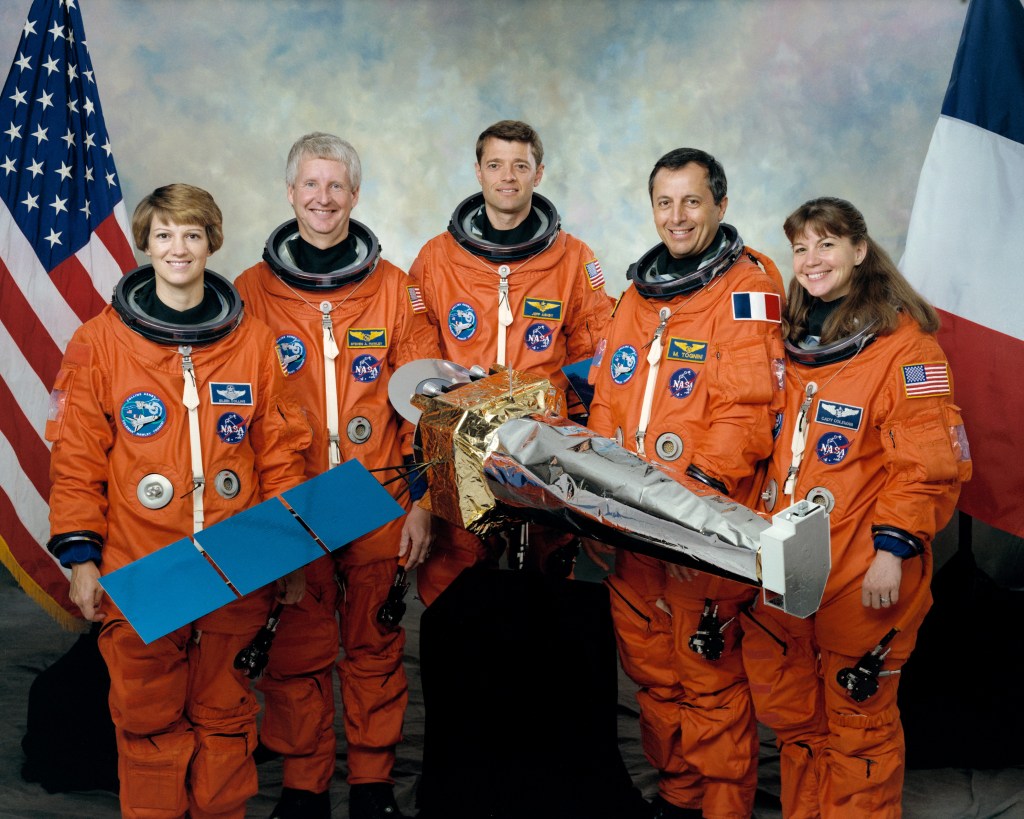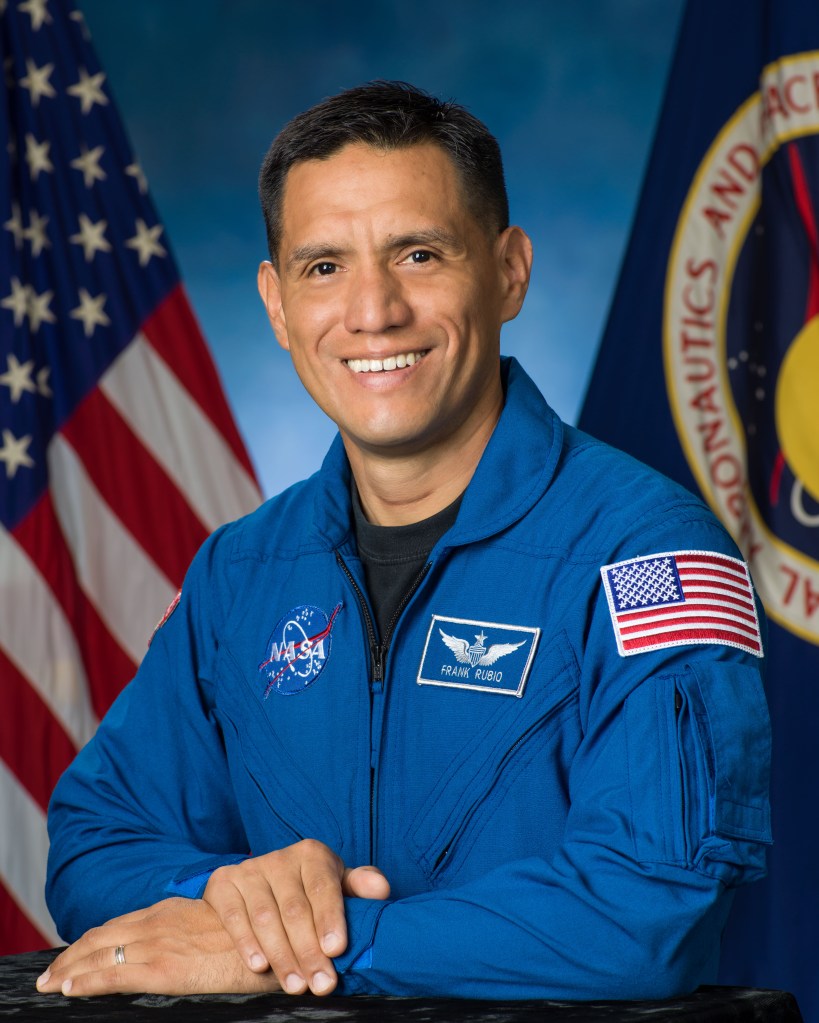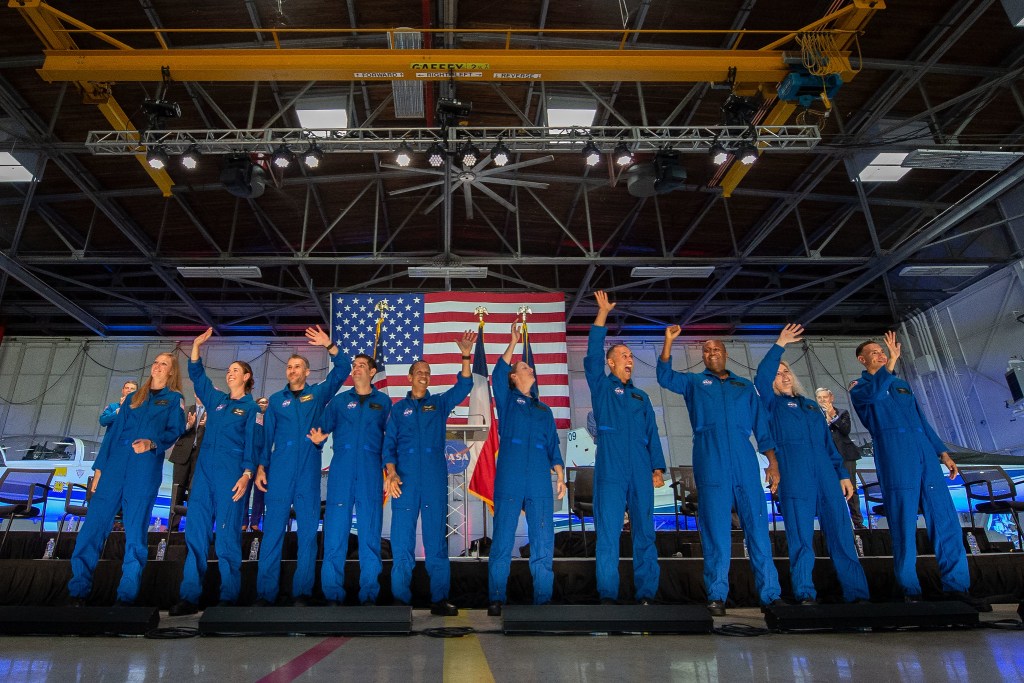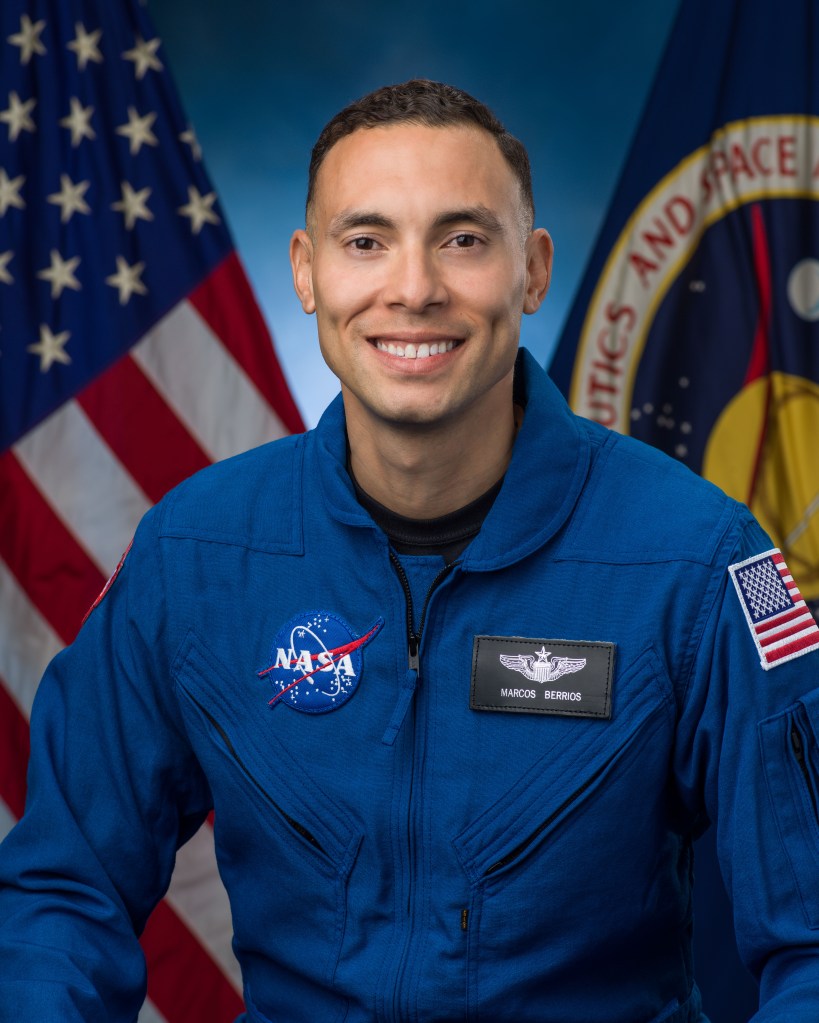NASA Quantum Artificial Intelligence Laboratory (QuAIL)
Overview
QuAIL is the space agency’s hub for assessing the potential of quantum computers to impact computational challenges faced by the agency in the decades to come.
NASA’s QuAIL team aims to demonstrate that quantum computing and quantum algorithms may someday dramatically improve the agency’s ability to address difficult optimization and machine learning problems arising in NASA’s aeronautics, Earth and space sciences, and space exploration missions.
NASA’s QuAIL team has extensive and experience utilizing near-term quantum computing hardware to evaluate the potential impact of quantum computing. The team has international recognized approaches to the programming and compilation of optimization problems to near-term quantum processors, both gate-model quantum processors and quantum annealers, enabling efficient utilization of the prototype quantum hardware available for experimenting with quantum and quantum-classical hybrid approaches for exact and approximate optimization and sampling.The has ongoing research developing quantum computational approaches to challenging combinatorial optimization and sampling problems with relevance to areas such as planning and scheduling, fault diagnosis, and machine learning.
A key component of this work is close collaboration with quantum hardware groups. The team’s initial focus was on quantum annealing, since D-Wave quantum annealers were the first quantum computational devices available. As gate-model processors have matured, with gate-model processors with 10s of qubits now available, the group has extended its research to include substantial gate-model efforts in addition to deepening our quantum annealing research. For more information on our research, please see our Research Overview and Publication pages.
The NASA QuAIL team leads the T&E team for the IARPA QEO (quantum enhanced optimization) program, has formal collaborative agreements with quantum hardware groups at Google and Rigetti, and research collaborations with many other entities at the forefront of quantum computing, as well as a three-way agreement between Google-NASA-USRA related to the D-Wave machine hosted at NASA Ames.
The QuAIL group’s expertise spans physics, computer science, mathematics, chemistry, and engineering.
What is Quantum Computing?
Quantum computing is based on quantum bits or qubits. Unlike traditional computers, in which bits must have a value of either zero or one, a qubit can represent a zero, a one, or both values simultaneously. Representing information in qubits allows the information to be processed in ways that have no equivalent in classical computing, taking advantage of phenomena such as quantum tunneling and quantum entanglement. As such, quantum computers may theoretically be able to solve certain problems in a few days that would take millions of years on a classical computer.
News and Events
QuAIL team members present at The Institute for Computational and Experimental Research in Mathematics (ICERM) workshop on “Trends in Computational Discrete Optimization.”
April 24-28, 2023
Dr. Eleanor Rieffel participated and spoke at The Institute for Computational and Experimental Research in Mathematics (ICERM) workshop on “Trends in Computational Discrete Optimization” the week of April 24-28, 2023, in Providence, RI [https://icerm.brown.edu/programs/sp-s23/w3/]. Her talk was entitled “A NASA Perspective on Quantum Computing, with Emphasis on Recent Results in Distribute Computing.”
QuAIL team members present at Quantum.Tech
March 5-10, 2023
Dr. Eleanor Rieffel spoke at Quantum.Tech the week of April 24-26, 2023 in Boston, MA [https://www.alphaevents.com/events-quantumtechus]. Her talk was entitled “A NASA Perspective on Quantum Computing, with Emphasis on Distribute Computing.” Additionally, QuAIL team member Dr. Davide Venturelli participated in a panel discussion entitled “How do we use quantum for good?”
QuAIL Team presents multiple talks at APS March Meeting
March 5-10, 2023
Members of the QuAIL Team participated in several talks the week of March 5th, 2023 at the American Physics Society March Meeting in Las Vegas, NV. Talks span multiple collaborative research efforts in areas of quantum theory, modeling, error-correction, benchmarking, analysis, compilation, optimization, and simulation methods.
- Dynamical Decoupling of Crosstalk on Superconducting Qubit Devices https://meetings.aps.org/Meeting/MAR23/Session/Q73.7
- Simulating a low-weight encoding of the Fermi-Hubbard Model with QAOA https://meetings.aps.org/Meeting/MAR23/Session/Z70.2
- Quantum Reservoir Computing Approach to Error-Mitigated Compilation https://meetings.aps.org/Meeting/MAR23/Session/T70.5
- Engineering Topology in Massive Dirac Fermions https://meetings.aps.org/Meeting/MAR23/Session/N40.10
- Distillation of Indistinguishable Photons https://meetings.aps.org/Meeting/MAR23/Session/M65.3
- Iterative approaches to quantum optimization via problem reductions https://meetings.aps.org/Meeting/MAR23/Session/B64.1
- SQuISH: self-consistent quantum iteratively sparsified Hamiltonian https://meetings.aps.org/Meeting/MAR23/Session/A64.5
- Measurement-based Approaches to Quantum Approximate Optimization https://meetings.aps.org/Meeting/MAR23/Session/B64.6
- Quantum Alternating Operator Ansatz (QAOA) performance regimes for continuous schedules https://meetings.aps.org/Meeting/MAR23/Session/S70.5
- A Parameter Setting Heuristic for the Quantum Alternating Operator Ansatz https://meetings.aps.org/Meeting/MAR23/Session/W70.1
- Quantum-Accelerated Distributed Algorithms for Approximate Steiner Trees and Directed Minimum Spanning Trees https://meetings.aps.org/Meeting/MAR23/Session/K67.2
- Improved Simulations of Random Quantum Circuits https://meetings.aps.org/Meeting/MAR23/Session/Z73.4
QUAIL TEAM HELPS ORGANIZE SESSIONS AND CONDUCTS TUTORIAL AT IEEE QUANTUM WEEK – QCE22
September 19-20, 2022
Dr. Eleanor Rieffel, who leads the NASA QuAIL group, and Dr. Scott Pakin from Los Alamos National Laboratory (LANL) conducted a two-part Introduction to Quantum Computing Tutorial, and Dr. Salvatore Mandrà co-organized a two-part Advanced Simulations of Quantum Computations workshop on Sept. 19-20, 2022, for IEEE Quantum Week – QCE22 – in Broomfield, CO.
A goal of IEEE Quantum Week – the IEEE International Conference on Quantum Computing and Engineering (QCE) – is to “…bridge the gap between the science of quantum computing and the development of an industry surrounding it. This year, the event, which takes place from Sept. 18-23, 2022, will be an in-person event with virtual participation, and according to the event website will include “…9 world-class keynote speakers, 70 technical papers, 16 community building workshops, 26 workforce-building tutorials, 13 stimulating panels, 60 innovative posters, 5 though-provoking Birds of Feather (BoF) sessions, 40+ exhibitors & supporters…”
The Introduction to Quantum Computing Tutorial conducted by Drs. Rieffel and Pakin introduced participants to the computational models that give quantum computing its computational power. They examine the thought process that programmers need to map problems both to quantum annealers and gate-model quantum processors, and they discuss hardware and algorithmic challenges that must be overcome before quantum computing becomes a component of every software developer’s repertoire.
The Advanced Simulations of Quantum Computations simulation workshop co-organized by Dr. Mandrà brought together participants from the community to share recent results in algorithms and software for large-scale quantum circuit and analog simulations across a broad range of methods, covering state-vector, tensor network, graphical model, stabilizer and pulse-level simulations.
Highlights
QuAIL and collaborators publish results in Nature NPJ Quantum Information as part of our involvement in the DOE’s Superconducting Quantum Materials and Systems Center (SQMS)
Members of the Quantum Artificial Intelligence Laboratory (QuAIL) Team and colleagues from the DOE’s Superconducting Quantum Materials and Systems Center (SQMS), of which the NASA QuAIL team is a part, collaborated on a study [ALA23] investigating the feasibility of using classical reinforcement learning to aid in the programming of quantum computers. In particular, they studied the case of single qubit quantum compilation and state preparation by modeling the task as a Markov Decision Process, and solving it using dynamical programming methods.
This work demonstrates that classical reinforcement learning techniques can produce shorter gate sequences in the ideal than many circuits that have been identified before, and can also generate gate sequences that work well in the presence of noise. These results represent an important advance in methods for quantum compilation that work in the presence of the physical constraints of NISQ-era hardware. The paper describing this work has been published in the leading journal, Nature NPJ Quantum Information.
[ALA23] Alam, M.S., Berthusen, N.F. & Orth, P.P. Quantum logic gate synthesis as a Markov decision process. npj Quantum Inf 9, 108 (2023). https://doi.org/10.1038/s41534-023-00766-w
QuAIL team collaborates with Google Quantum AI and publishes on Random Circuit Sampling
Members of the Quantum Artificial Intelligence Laboratory (QuAIL) Team and Google Quantum AI, as part of their collaboration under a Non-Reimbursable Space Act Agreement (NRSAA), to report Random Circuit Sampling (RCS) experiments where distinct phases driven by the interplay between quantum dynamics and noise are identified. This work is a strengthening of Google 2019 demonstration of quantum supremacy (now called quantum advantage, that was a collaboration between Google, NASA, and ORNL. The current paper exhibits results from an RCS experiment with 24-cycles on a 70 qubits. QuAIL member Salvatore Mandrà is one of the four leading authors, having developed and ran the MPS simulations for the paper. The computational cost against improved classical methods and demonstrate that this experiment is beyond the capabilities of existing classical supercomputers; the quantum processor can generate millions of samples within a few minutes that it would take the supercomputer Frontier, with the best methods currently available, more that 47 years to generate.
On near-term quantum processors whose practical complexity is limited by noise, random circuit sampling has emerged as the most suitable candidate for a beyond-classical demonstration, as it allows for quantum correlation to spread at the maximized speed
[MOR23] A. Morvan, B. Villalonga, X. Mi, S. Mandrà, A. Bengtsson, et al., Phase transition in Random Circuit Sampling, arXiv:2304.11119 (2023)
QuAIL and collaborators publish results in support of the DOE’s Superconducting Quantum Materials and Systems Center (SQMS)
Members of the Quantum Artificial Intelligence Laboratory (QuAIL) Team and colleagues from the DOE’s Superconducting Quantum Materials and Systems Center (SQMS), of which the NASA QuAIL team is a part, collaborated on a study [GUS23] and proposed state preparation protocols for scarred eigenstates and their superpositions that enable their dynamical simulation on quantum computers. Such states give rise to long-lived coherent dynamics in an otherwise thermalizing system and may provide a path towards physical realizations of quantum memory. The team also provided proof-of-principle state-preparation demonstrations on superconducting quantum hardware.
Quantum many-body scar states are highly excited eigenstates of many-body systems that exhibit atypical entanglement and correlation properties relative to typical eigenstates at the same energy density. Scar states also give rise to infinitely long-lived coherent dynamics when the system is prepared in a special initial state having finite overlap with them. When perturbed, the dynamics of such systems are generally hard to simulate classically, but efficient with quantum computers.
[GUS23] E.J. Gustafson, A.C.Y. Li, A. Khan, J. Kim, D.M. Kürkçüoglu, M.S. Alam, P.P. Orth, A. Rahmani, T. Iadecola, Preparing quantum many-body scar state on quantum computers, arXiv:2301.08226 (2023).
Recent Publications:
- A. Akbari Asanjan, M. Memarzadeh, P.A. Lott, E. Rieffel, S. Grabbe, Probabilistic Wildfire Segmentation Using Supervised Deep Generative Model from Satellite Imagery, Remote Sensing 15 (11), 2718 (2023)
- B. Barch, N. Anand, J. Marshall, E. Rieffel, P. Zanardi, Scrambling and operator entanglement in local non-Hermitian quantum systems, arXiv:2305.12054 (2023)
- J. Marshall, N. Anand, Simulation of quantum optics by coherent state decomposition, arXiv:2305.17099 (2023)
- V. Kremenetski, A. Apte, T. Hogg, S. Hadfield, N.M. Tubman, Quantum Alternating Operator Ansatz (QAOA) beyond low depth with gradually changing unitaries, arXiv:2305.04455 (2023)
- A. Morvan, B. Villalonga, X. Mi, S. Mandrà, A. Bengtsson, P.V. Klimov, Z. Chen, et al., Phase transition in Random Circuit Sampling, arXiv:2304.11119 (2023)
- P.A. Kerger, D.E.B. Neira, Z.G. Izquierdo, E.G. Rieffel, Mind the O: Asymptotically Better, but Still Impractical, Quantum Distributed Algorithms , arXiv:2304.02825 (2023)
- T. Templin, M. Memarzadeh, W. Vinci, P.A. Lott, A.A. Asanjan, A.A. Armenakas, et al., Anomaly Detection in Aeronautics Data with Quantum-compatible Discrete Deep Generative Model, arXiv:2303.12302 (2023)
- M. Dupont, B. Evert, M.J. Hodson, B. Sundar, S. Jeffrey, Y. Yamaguchi, et al., Quantum Enhanced Greedy Solver for Optimization Problems, arXiv:2303.05509 (2023)
- T. Lubinski, C. Coffrin, C. McGeoch, P. Sathe, J.Apanavicius, D.E.B. Neira, Optimization applications as quantum performance benchmarks, arXiv:2302.02278 (2023)
- E.J. Gustafson, A.C.Y. Li, A. Kahn, J. Kim, D.M. Kurkcuoglu, M.S. Alam, P.P. Orth, et al., Preparing quantum-many body scars on a quantum computer, arXiv:2301.08226 (2023)
- T. McCourt, C. Neill, K. Lee, C. Quintana, Y. Chen, J. Kelly, J. Marshall, et al., Learning noise via dynamical decoupling of entangled qubits, Physical Review A 107 (5), 052610 (2023)
- N. Suri, J. Barreto, S. Hadfield, N. Wiebe, F. Wudarski, J. Marshall, Two-Unitary Decomposition Algorithm and Open Quantum System Simulation, Quantum 7, 1002 (2023)
- R. Acharya, et al., Suppressing quantum errors by scaling a surface code logical qubit, Nature 614 (7949), 676-681 (2023)
- L.P. García-Pintos, L.T. Brady, J. Bringewatt, Y.K. Liu, Lower Bounds on Quantum Annealing Times, Physical Review Letters 130 (14), 140601 (2023)
- X. Fei, L.T. Brady, J. Larson, S. Leyffer, S. Shen, Binary control pulse optimization for quantum systems, Quantum 7, 892 (2023)
- T.C. Mooney, J. Bringewatt, N.C. Warrington, L.T. Brady, Lefschetz thimble quantum Monte Carlo for spin systems, Physical Review B 106 (21), 214416 (2022)
- D. Chamaki, S. Hadfield, K. Klymko, B. O’Gorman, N.M. Tubman, Self-consistent Quantum Iteratively Sparsified Hamiltonian method (SQuISH): A new algorithm for efficient Hamiltonian simulation and compression, arXiv:2211.16522 (2022)
- C.M. Unsal, L.T. Brady, Quantum Adversarial Learning in Emulation of Monte-Carlo Methods for Max-cut Approximation: QAOA is not optimal, arXiv:2211.13767 (2022)
- J. Sud, S. Hadfield, E. Rieffel, N. Tubman, T. Hogg, A Parameter Setting Heuristic for the Quantum Alternating Operator Ansatz, arXiv:2211.09270 (2022)
- Z.G. Izquierdo, S. Grabbe, H. Idris, Z. Wang, J. Marshall, E. Rieffel, Advantage of Pausing: Parameter Setting for Quantum Annealers, Physical Review Applied 18 (5), 054056 (2022)
- J. Bringewatt, L.T. Brady, Simultaneous stoquasticity, Physical Review A 105 (6), 062601 (2022)
Full Publications List available here
QuAIL Overview Articles:
- E. G. Rieffel, S. Hadfield, T. Hogg, S. Mandrà, J. Marshall, G. Mossi, B. O’Gorman, E. Plamadeala, N. M. Tubman, D. Venturelli, W. Vinci, Z. Wang, M. Wilson, F. Wudarski, R. Biswas, From Ansätze to Z-gates: a NASA View of Quantum Computing, Advances in Parallel Computing, Vol. 34: Future Trends of HPC in a Disruptive Scenario, pp. 133-160 (2019)
- R. Biswas, Z. Jiang, K. Kechezhi, S. Knysh, S. Mandrà, B. O’Gorman, A. Perdomo-Ortiz, A. Petukhov, J. Realpe-Gómez, E. Rieffel, D. Venturelli, F. Vasko, Z. Wang, A NASA perspective on quantum computing: Opportunities and challenges, Parallel Computing, Vol. 64, pp. 81-98 (2017)
QuAIL Software:
HybridQ: A Hybrid Quantum Simulator for Large Scale Simulations
HybridQ is a hardware agnostic quantum simulator, designed to simulate large scale quantum circuits. The simulator can run tensor contraction simulations, direct evolution simulations, and Clifford+T simulations using the same syntax.
Notable features of HybridQ include:
- full compatibility with Python (3.8+)
- low-level optimization achieved by using C++ and Just-In-Time (JIT) compilation with JAX and Numba
- ability to run seamlessly on CPU/GPU and TPU, either on single or multiple nodes (MPI) for large scale simulations, using the exact same syntax
- User-friendly interface with an advanced language to describe circuits and gates, including tools to manipulate/simplify circuits
Recent Improvements to HybridQ include:
- Communication rules to simplify circuits (useful for QAOA)
- Expansion of density matrices as superpositions off Pauli strings
- Open-source project with continuous-integration, multiple tests and easy installation using either pip or condo
Open source code is available at [https://github.com/nasa/HybridQ ] and you can read more about HybridQ at [MAN21]
[MAN21] S. Mandrà, J. Marshall, E. G. Rieffel, R. Biswas, HybridQ: A Hybrid Simulator for Quantum Circuits, IEEE/ACM Second International Workshop on Quantum Computing Software (QCS) 2021, arXiv:2111.06868
PySA: Suite of State-of-the-art (SOA) classical optimization algorithms
Features and SOA implementations of PySA include:
- Modern C++ 17 with template metaprogramming for high level of abstraction
- Compile time optimization or improved performance
Algorithms in PySA include:
- Parallel Tempering
- Ergodic and non-ergodic Isoenergetic cluster moves
- Approximate solution using mean-field theory
Open source code for PySA is available at [https://github.com/nasa/pysa ]
Team
Group Lead
Eleanor Rieffel
Group Members
M. Sohaib Alam
Namit Anand
Humberto Munoz Bauza
Lucas Brady
David Bernal Neira
Stephen Cotton
Zoe Gonzalez Izquierdo
Shon Grabbe
Erik Gustafson
Stuart Hadfield
Aaron Lott
Filip Maciejewski
Salvatore Mandrà
Jeffrey Marshall
Gianni Mossi
Jason Saied
Nishchay Suri
Davide Venturelli
Zhihui Wang

